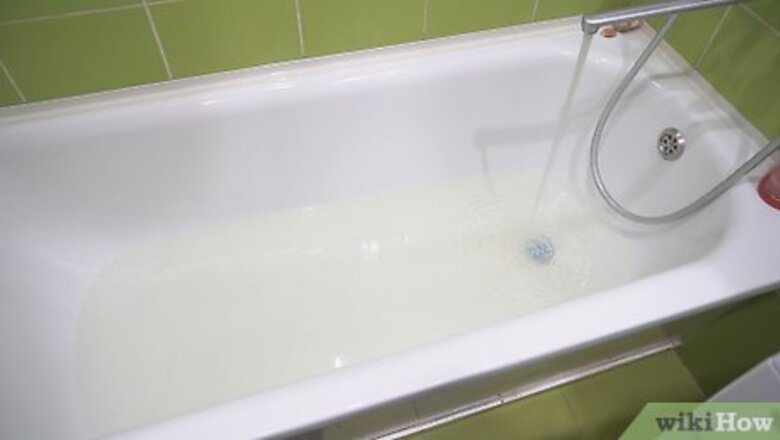
views
Soothing Body Aches
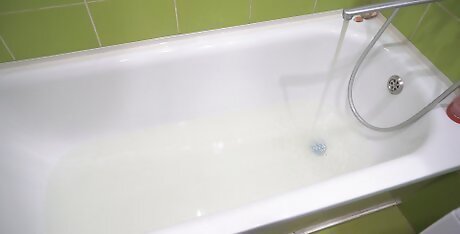
Fill a bath tub with warm water. If you suffer from body aches, a full Epsom salt bath may help relieve that pain. Start by filling your tub with warm water. Don’t make the water too hot. Make sure you can sit comfortably in the tub without overheating. Watch the water level so the tub doesn’t overflow while you’re filling it. If you have any skin irritations or open cuts, check with your doctor before taking an Epsom salt bath.
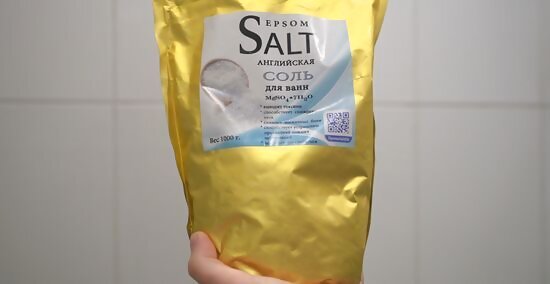
Pour 2 cups (400 g) of Epsom salt into the tub. Use a measuring cup and scoop out 2 cups (400 g). Then sprinkle the salts into the tub to distribute them evenly throughout the bath. Wait for the salts to dissolve before taking your bath. The Epsom salt should dissolve within a few minutes. If some particles aren't dissolving, swish the water around with your hand. To dissolve the salts faster, pour them near the faucet while the water is still running. Some containers of Epsom salt gives different directions. Always follow the instructions on the product you use.
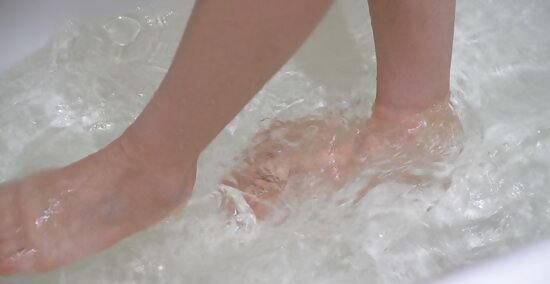
Soak in the tub for 15 minutes. When all the salts have dissolved, get in the tub and relax. Soak for 15 minutes so the Epsom salt can take effect. If you have any particular aches and pains, make sure to dip those areas into the water. You can stay in the tub longer than 15 minutes. But it takes at least 15 minutes for the Epsom salt to have an effect. Contact your doctor if you get any irritation or rash after taking this bath.
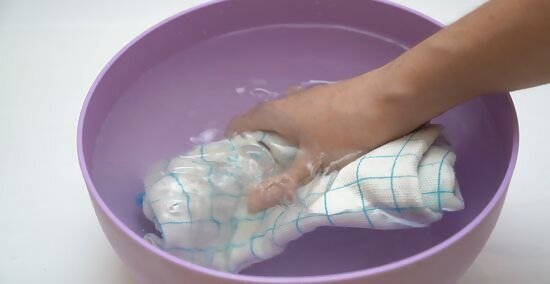
Apply an Epsom salt compress to body aches if you don't want to take a bath. Fill a bucket with warm water and dissolve 1/2 cup (100 g) of Epsom salt. Then soak a towel in the water. Squeeze the towel out and apply it to your sore area for 30 minutes. Re-wet the towel as needed during this treatment. Repeat this treatment up to 3 times daily.
Relieving Constipation
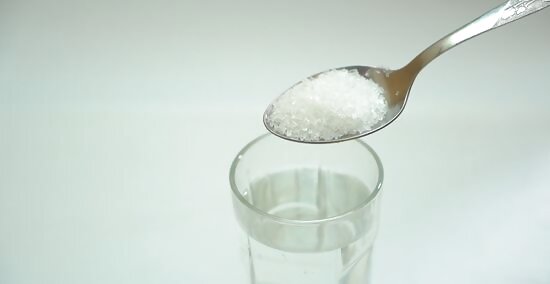
Check with your doctor before ingesting Epsom salt. Taken in small amounts as directed, Epsom salt may relieve occasional constipation. However, there is a risk of overdose and drug interactions. Always ask your doctor if taking Epsom salt orally is safe for you.
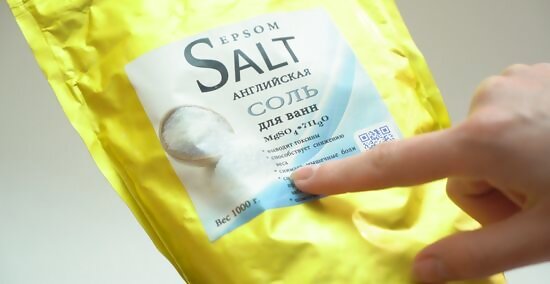
Get Epsom salt marked “USP” from a pharmacy. There are different types of Epsom salt. A box marked “USP” has been tested and certified by the USFDA and United States Pharmacopeia as safe for ingestion. Boxes that don’t have a “USP” mark are for agricultural uses. Also look for Epsom salt that has no added chemicals or fragrances. If possible, get your Epsom salt from a reputable pharmacy or health store. If you order a box online, it’s harder to know where the product came from.
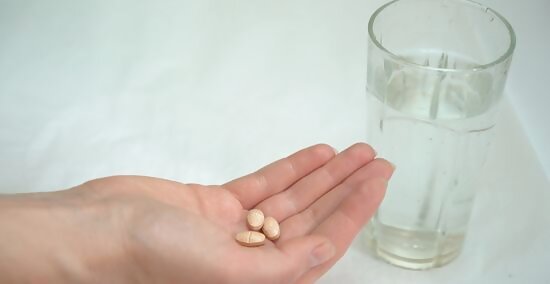
Take the solution at least 2 hours before or after taking any medication. Epsom salt can interact with some medicines, so leave enough time between taking other medications and taking your Epsom salt. When enough time has passed, make the solution.
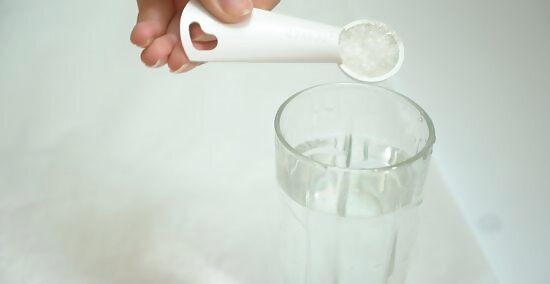
Dissolve 2 teaspoons (8.4 g) of Epsom salt into 8 oz (237 ml) of water. Measure this dosage out and be careful not to take too much. Pour the salt into a glass of water and stir it until all the salt dissolves. This is the dosage for children and adults over 12 years old. For children ages 6-11, make the dose 1 teaspoon (4.2 g). Do not give Epsom salt to children younger than 6 without a doctor’s direction. Never take more Epsom salt than directed. There is a risk of overdose and poisoning.
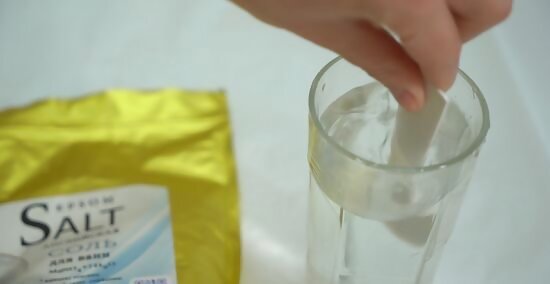
Take the same dose in 4 hours if you don’t have a bowel movement. Sometimes Epsom salt does not work right away. Make the same mixture and drink it no less than 4 hours after taking the first dose. Do not exceed 2 doses in 1 day. Also do not increase the dosage without your doctor’s direction.
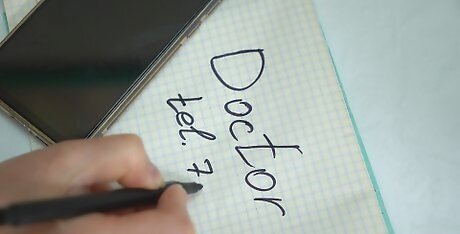
Contact your doctor if you don’t have a bowel movement after 1 day. Failure to have a bowel movement after taking Epsom salt could mean you have a blockage in your digestive system. Contact your doctor right away and follow their directions on how to proceed.
Using Epsom Salt in the Garden
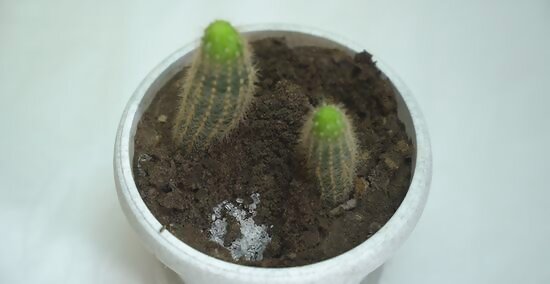
Fertilize new plants with 1 teaspoon (4.2 g) of Epsom salt. This provides a good dose of magnesium for germinating seeds. Dig a seed hole and fill it with 1 teaspoon (4.2 g) of Epsom salt. Then drop the seed in and cover it with soil. If you’re planting many seeds over a large area, sprinkle 1 cup (200 g) of Epsom salt for every 100 square feet (9.3 m) of land.
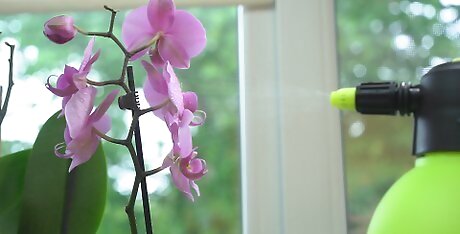
Repel bugs with a water and Epsom salt mixture. Epsom salt can also deter pests from eating your plants. Dissolve 1/2 cup of Epsom salt into 2 gallons (7.6 L) of water. Then spray your plants with this mixture to ward off bugs. Another pest guard is sprinkling a circle of Epsom salt around the base of your plants. This won’t keep flying bugs away, but could repel crawling bugs like slugs.
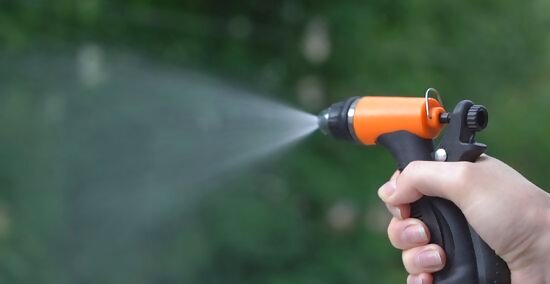
Raise your lawn’s magnesium level by spreading Epsom salt before watering. If your lawn has dry, discolored patches, your soil may have a magnesium deficiency. Try raising its levels with Epsom salt. Load 3 pounds (1.4 kg) of salts for every 1,250 square feet (116 m) of lawn into a spreader. Spread the salts over the lawn. Then water the grass with a sprinkler or hose. If you have less than 1,250 square feet (116 m) of lawn, then adjust the measurement. Test your soil with a home testing kit. With a small soil sample, these tests show you which nutrients your lawn is deficient in.


















Comments
0 comment